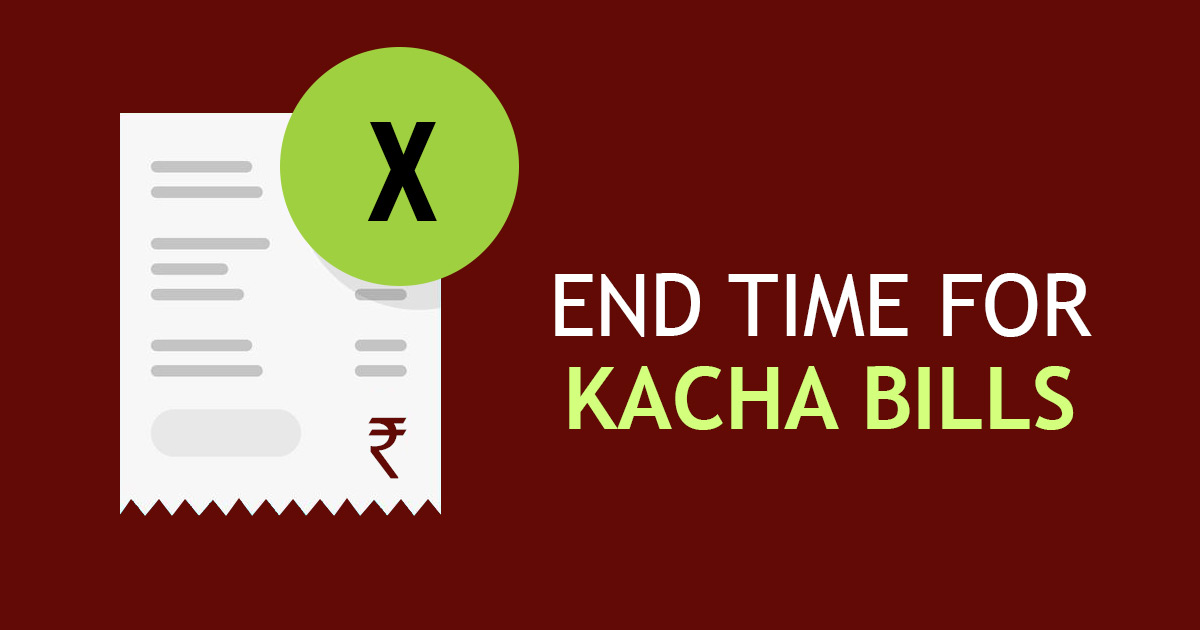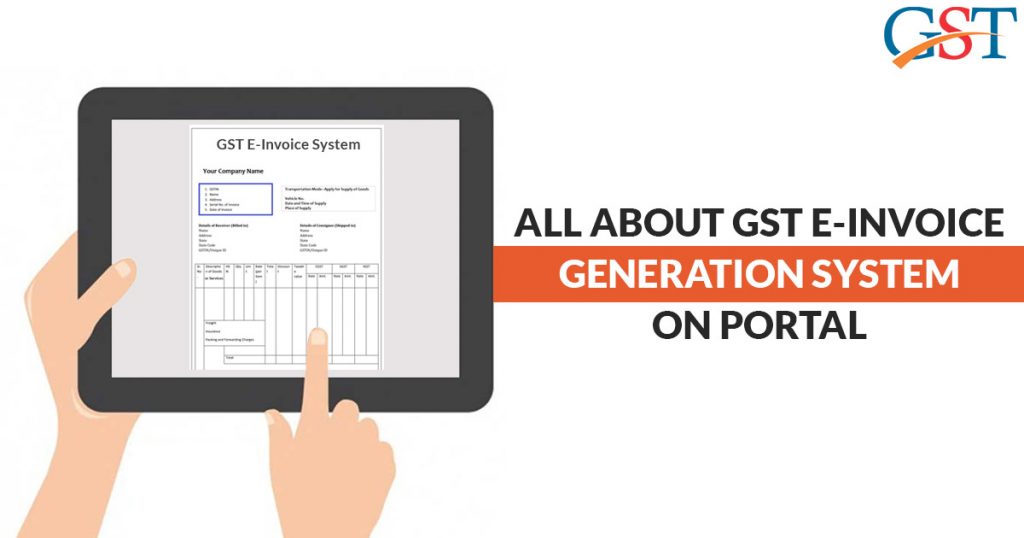Now making ‘Kacha bills’ for the purpose of underreporting sales volume and thus doing tax evasion shall become a phenomenon of the past and it shall soon be replaced by GST e-invoicing from April 1 onwards — for firms having turnover of more than INR 50 crores. Currently, the threshold for e-invoicing is INR 100 crores.

The mechanism of an e-invoicing under GST 
The positive effect of the above-mentioned mechanism shall be two-fold that is synonymous with two blades of scissor. First of all, it shall be easier and convenient for small firms to assert /claim credit for taxes that have already been paid while doing wholesale purchases. Secondly, it shall expose them to “probing by tax authorities” in case the final sales volume is not reported or under-reported.
Moreover, from next year onwards, the government is planning to implement e-invoicing that shall be applicable to all businesses irrespective of their turnover. Thus, these active decisions of the government are indirectly showing the intention of the government to formalize the entire economy through the “mechanism of Goods and Services Tax (GST)” which faced a lot of criticism from small firms and traders fraternity in the beginning phase of its implementation.
It is worth mentioning here that the implementation of GST has already assisted tax authorities in checking tax evasion to a great extent. And businesses having large turnover are in compliance with the technology-oriented tax regime. The high retail margin industries (like pharmaceuticals and construction industry) are more actively involved in tax evasion as the profit margin is quite more.
The mechanism of e-invoicing makes tax authorities informed about the purchase issue—which individual purchased goods from a stockist or distributor. In case, if the buyer does not disclose his eventual volume of retail sales, the tax authorities can instruct him to disclose his inventory level. The GST e-invoicing mechanism, once fully implemented shall provide a strong foundation in the entire process of formalization of the economy and shall increase tax compliance not only in the domain of GST but in the case of income tax also as under-reporting of sales revenue by small firms shall become difficult.
As per the thinktank in the domain of tax, the aforesaid mechanism shall be more effective than the mechanism followed in western countries. “The extension of e-invoicing across all business transactions over a period of time would make the GST one of the most advanced information technology-enabled indirect tax systems among countries of comparable size and diversity,” said M.S. Mani, partner, Deloitte India.
Gen GST software is also a leading tax filing solution by SAG Infotech which is a better way to do GST filing as per government compliance. The Gen GST has all the important forms to file including GSTR 1, 3B, 9, 9C, etc. with input tax credit claim and database maintenance on the cloud. Also, generate GST e-invoices via Gen GST software as per the format.









